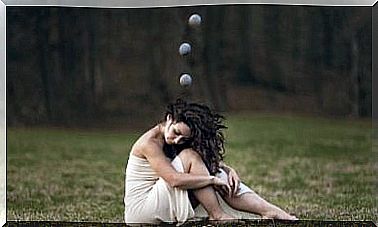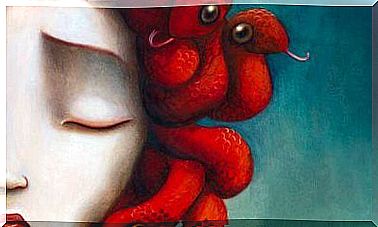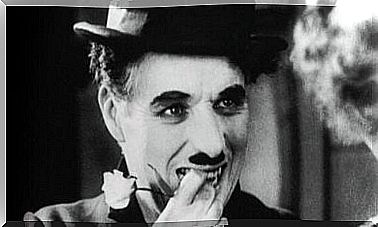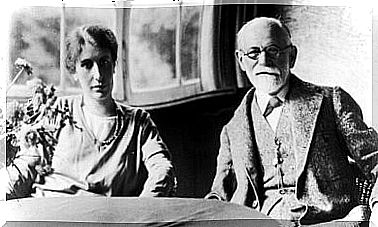The Psychology Of Interconnection: Creating Bonds From The Heart

The psychology of interconnection says that agreeing with people is not the same as “connecting” with them.
Few states of mind are actually more important than those that lead to this type of magnetism. To feel a shared heartbeat, the deep but strange harmony where the best friendships in our lives begin. Or the love of life.
Maybe you’re surprised. Does the “psychology of interconnection” really exist? As in many psychological fields, it is common for work in one area to be used in another.
When it comes to the psychology of interconnection, we should mention that it comes from the business world, more specifically marketing. Commercial researchers and managers of large companies want to know what the underlying processes are that make consumers feel more “connected” or attracted to a product.
Sometimes purchasing decisions are controlled by subconscious, complex and inexplicable processes that not even neuromarketing experts can figure out.
So this scientific method – developed over a decade – offers interesting statistics and material that researchers and psychologists in the field of personality took and shifted from the marketing sector to a separate branch.
It is fascinating and quite revealing what they discovered. They are processes that bring together neuroscience – the study of the mind – and emotions. These are the areas that form what we today call the deep coupling psychology.
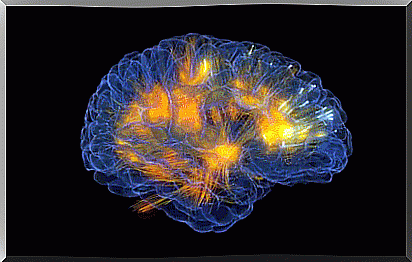
We said at the beginning that it is not the same to agree with someone and to connect with him. It is something we all experience every day.
In our daily surroundings, which can be our jobs, schools, neighborhoods or leisure areas, we meet lots of people. We coexist with them all, but in life we will only succeed in “connecting” with a few of them.
Judit E. Glaser – organizational psychologist and anthropologist at Harvard University – is one of the most cited experts in the study and application of what we call “deep coupling”. Something she explains to us in many of her books and other works is that we all have an inner voice that quickly tells us whether someone can be significant to us.
What we call “intuition” actually has a specific place in our brain. Next, let’s take a look at some important points.
Our brain is a being governed by a series of very basic needs. Sociality is one of them. So in our daily lives we meet people, you could say that the brain “lights up”. One of the first areas to respond is the medial prefrontal cortex.
But there is another much deeper, more mysterious and more fascinating part that lights up like a Christmas tree. This is when we meet someone we get a much stronger connection with. This area can be found exactly where the temporal lobe and the parietal lobe meet.
Neuroscientists say that this is where our assessments are formed. This is where our most abstract, most complex and sometimes most inexplicable cognitive processes take place.
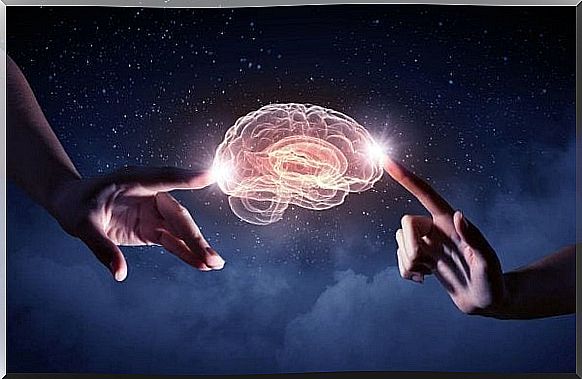
We have all heard that everything that is sometimes required to connect is a glance. We can say that this is something of a half-truth and is not directly applicable to what we see as “deep connection.”
True experts in the field indicate that this intimate and revealing bond crosses many more boundaries.
- Deep coupling goes beyond simple “glances” because it arises from interaction and behavior. But it happens above all through an important and magical word: “share”.
- When we share intimacy with someone, when we tell secrets, share values and talk about passions with him, our brain releases oxytocin.
Neuropsychologists explain that oxytocin is the neurotransmitter that is a vital ingredient when we build these significant bonds with our best friends or partners.
By inviting these important people to this very private, deep part of our brain, we feel safe, comfortable and trusted… but above all happy.
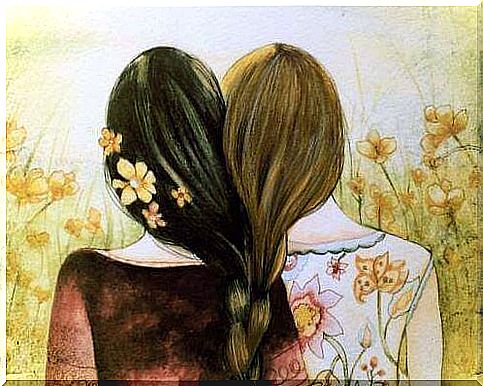
It may not immediately be easy to create these bonds, these magical, strong relationships, but do not give up hope.
We only need to use three simple factors in our daily interactions: closeness, trust and sincerity.
The results will come by themselves, and when that happens, we will know. Our brain and our heart will respond intensely to this special person.

